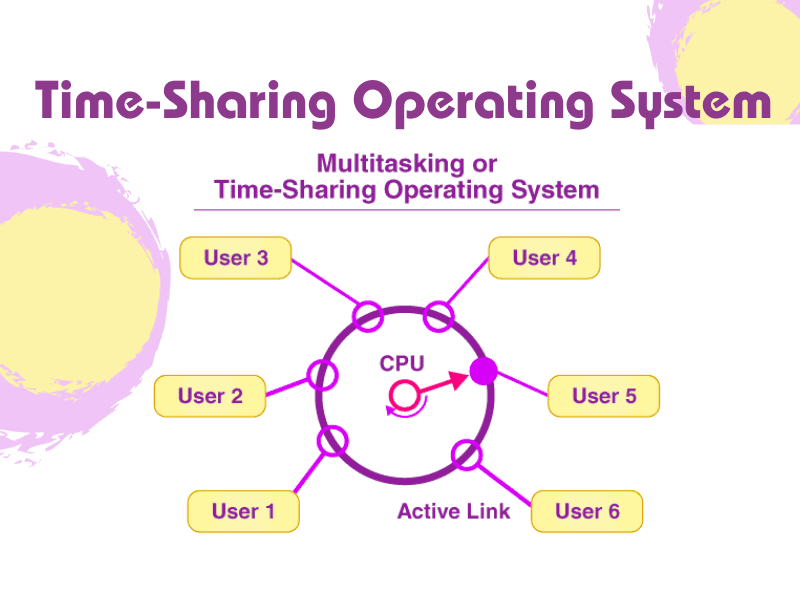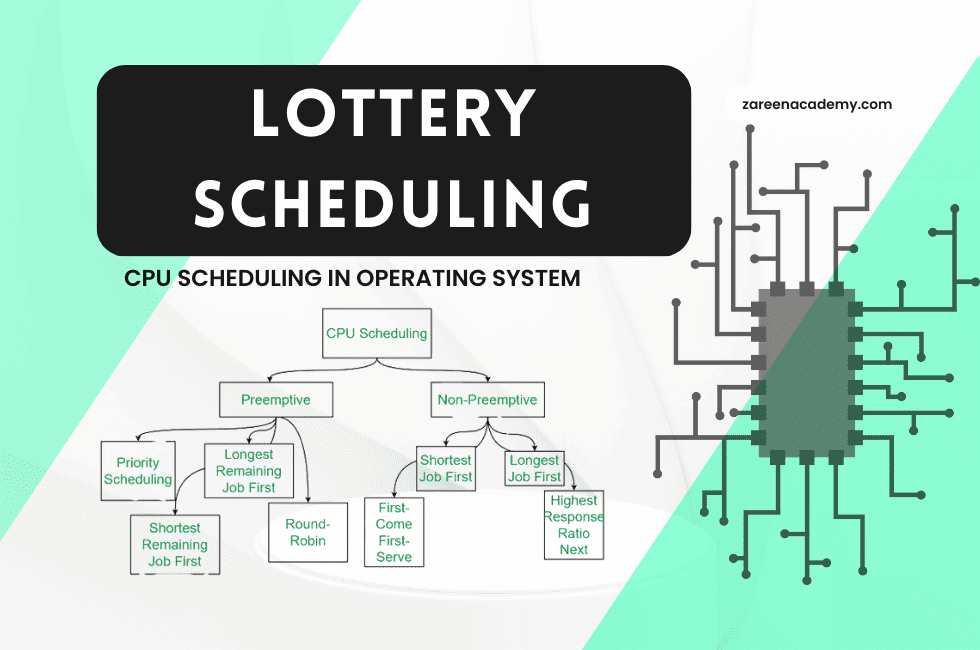Preemptive CPU Scheduling in Operating System: Ensuring System Efficiency
In the ever-evolving world of technology, efficient and responsive systems are essential. Preemptive CPU scheduling in an operating system plays a pivotal role in achieving this goal. In this article, we will explore the depths of preemptive CPU scheduling, provide expert insights, and answer frequently asked questions to ensure you grasp this critical concept.
Introduction
Understanding how an operating system manages its resources is crucial for anyone dealing with modern computing systems. Preemptive scheduling, an integral part of this process, ensures that tasks are executed efficiently and responsively. This article delves into the intricacies of preemptive scheduling in operating systems, providing in-depth knowledge and addressing common queries.
Preemptive CPU Scheduling in Operating System
Preemptive CPU scheduling in operating systems is a technique where the operating system can interrupt a currently executing task and allocate the CPU to another task. This method ensures that no single task can monopolize the CPU for an extended period, promoting fairness and responsiveness.
The Significance of Preemption
Preemption is a vital feature in multitasking environments. It prevents a single task from blocking the CPU, which is crucial for maintaining system responsiveness and fairness. Without preemption, a misbehaving or long-running task could cause the entire system to appear unresponsive.
Time Quantum
In preemptive scheduling of CPU, tasks are allocated a fixed time quantum. When a task’s time quantum expires, the CPU is taken away from that task and given to another, regardless of whether the current task has completed its work. This approach ensures that all tasks get a fair share of CPU time.
In the realm of operating systems, the concept of “time quantum” plays a pivotal role in the management and scheduling of processes. Time quantum, often referred to as a “time slice” or “quantum time,” is a fundamental parameter in a scheduling algorithm that determines the maximum amount of time a process can execute on the CPU before it is preempted to allow another process to run. This concept is particularly critical in multitasking environments, where multiple processes compete for CPU resources. By allocating processes a specific time quantum, the operating system ensures fair and efficient utilization of system resources.
The choice of an appropriate time quantum is a delicate balancing act. A short-time quantum can lead to frequent context switches, which may introduce an overhead that reduces overall system performance. On the other hand, a long-time quantum might result in processes monopolizing the CPU for extended periods, leading to a sluggish response time for interactive tasks. Different scheduling algorithms, such as Round Robin, use varying time quantum strategies to achieve different goals, whether it’s providing equal time slices to processes or optimizing for throughput and response time. In essence, the selection of the right time quantum is a crucial decision for system administrators and kernel developers, impacting the overall system’s efficiency and responsiveness.
Priority Scheduling
Preemptive scheduling can also be priority-based. Each task is assigned a priority, and the CPU is allocated to the highest-priority task. This method allows critical tasks to be executed without delay, ensuring essential system functions are not compromised.
FAQs
What is the primary goal of preemptive CPU scheduling?
The primary goal of preemptive CPU scheduling is to ensure that no single task monopolizes the CPU, promoting system responsiveness and fairness.
How does preemption work in CPU scheduling?
Preemption allows the operating system to interrupt a currently executing task and allocate the CPU to another task, preventing any one task from monopolizing CPU resources.
What is a time quantum in preemptive CPU scheduling?
A time quantum is a fixed time allocated to each task in preemptive scheduling. When the time quantum expires, the CPU is assigned to another task.
What is priority scheduling in preemptive CPU scheduling?
Priority scheduling assigns a priority to each task, and the CPU is allocated to the highest-priority task. This ensures critical tasks are executed promptly.
Why is preemptive CPU scheduling important?
Preemptive scheduling of CPU is essential for maintaining system responsiveness and fairness by preventing any single task from monopolizing CPU resources.
Can preemptive CPU scheduling be combined with other scheduling algorithms?
Yes, preemptive CPU scheduling can be combined with other scheduling algorithms to create a more sophisticated system that meets specific requirements.
Conclusion
Preemptive CPU scheduling is a fundamental concept in operating systems, ensuring efficient resource allocation, system responsiveness, and fairness. By understanding the significance of preemption, time quantum, and priority scheduling, you can appreciate its critical role in modern computing. This article has provided insights into preemptive CPU scheduling, addressing common questions and offering a comprehensive perspective.



0 Comments